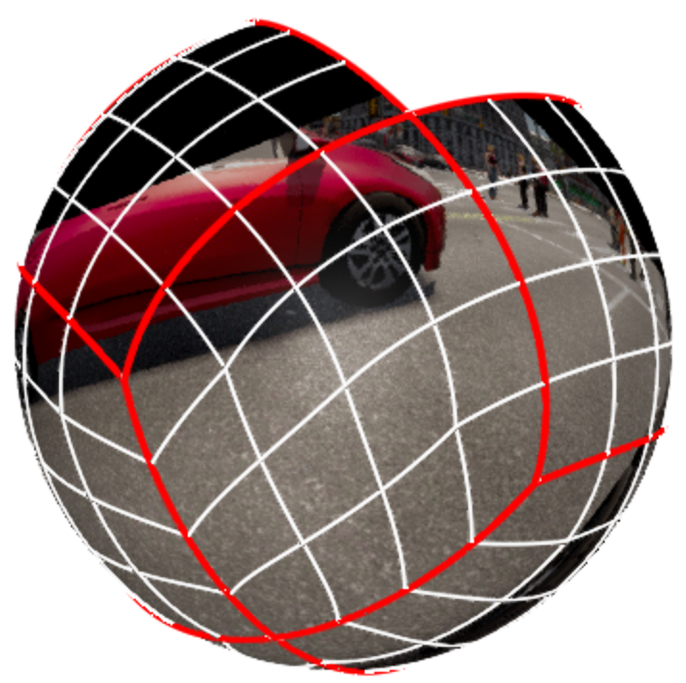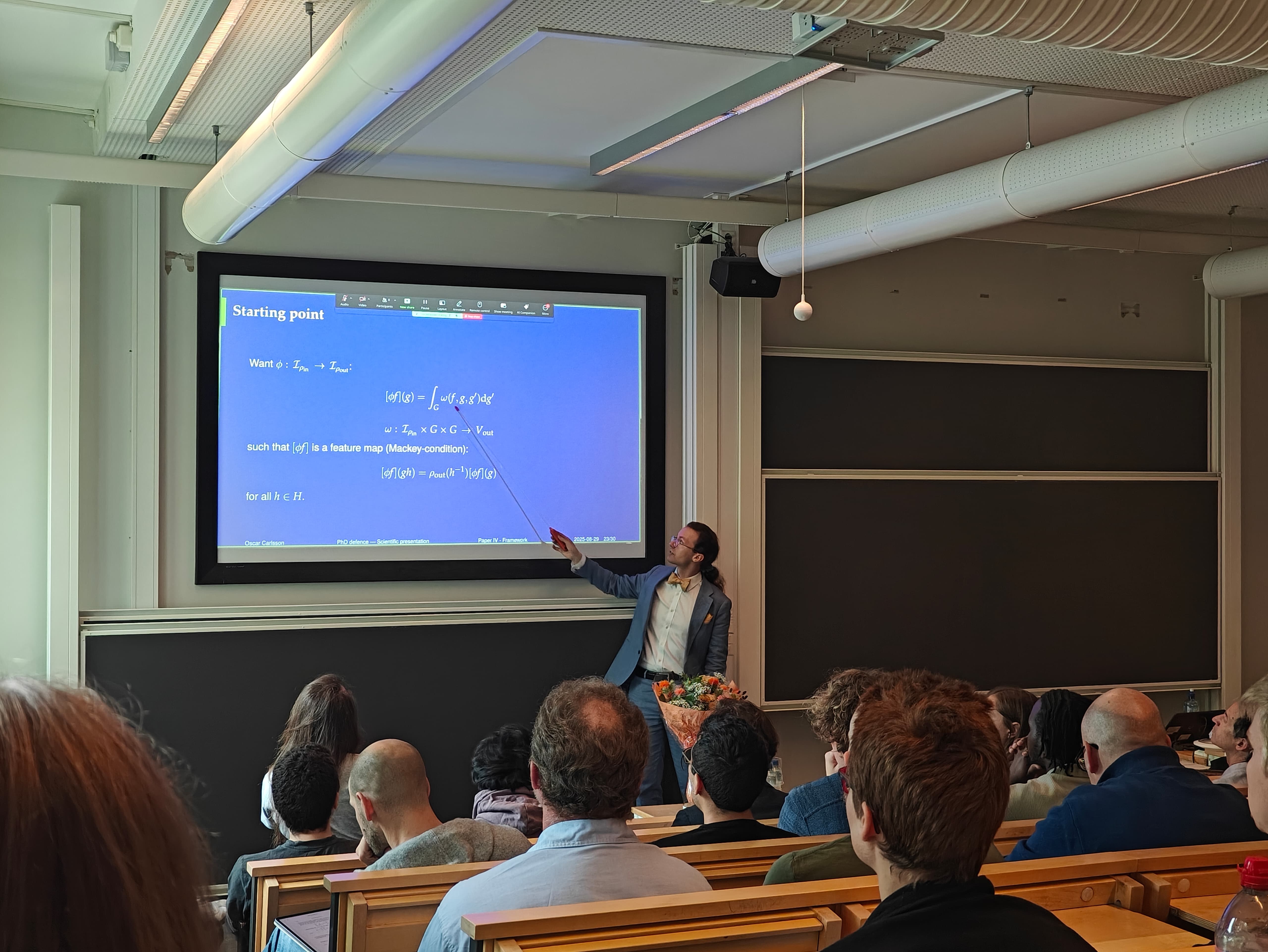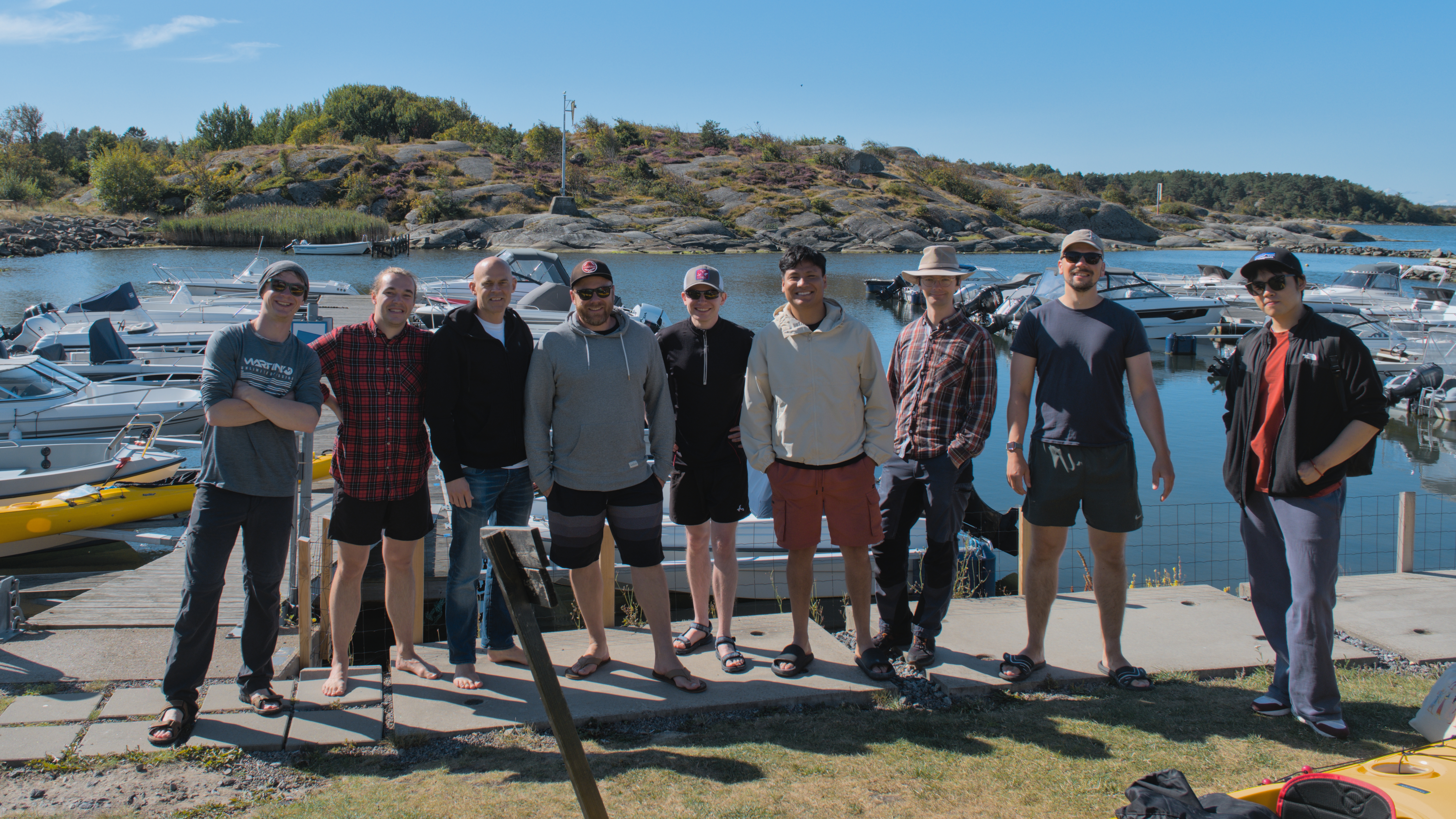Research
In the GAPinDNNs research group, we explore the interface of Geometry, Algebra, and Physics with Deep Neural Networks. Specifically, we use techniques and ideas from pure mathematics and theoretical physics to develop the foundations of deep learning and deep neural networks.
Deep learning, a cornerstone of modern machine learning, has achieved remarkable success across numerous applications by enabling computers to identify and replicate complex patterns directly from data. However, this success is mainly based en empirical observations. Despite its efficacy, the theoretical underpinnings of deep neural networks are not well-understood. This lack of understanding means that progress is driven mainly by trial and error, which is not only slow but also lacks the rigor necessary for applications requiring high reliability and interpretability, such as in medicine or law.
Our research is motivated by the assertion that adopting mathematical and physical theories could bridge this gap. These disciplines offer sophisticated tools for analyzing complex systems, which can be of great benefit for the study of machine learning. By integrating these tools, we aim towards a more systematic and interpretable approach to deep learning. This research program not only promises to make deep learning more efficient and robust but also opens up new possibilities for its application in areas where precision and trustworthiness are critical.
While our research requires sophisticated theoretical developments, it also brings forth numerous applications. In particular, any setting where data naturally belong to a curved space provides an arena for implementing ideas and results from geometric deep learning. Autonomous driving is a prime example. To identify traffic situations from different angles requires neural networks with rotational symmetry. Other potential applications include cosmological data analysis and climate pattern segmentation.
Equivariant neural networks and geometric deep learning
The notion of “geometric deep learning” is often used as an umbrella term to describe various approaches to geometric theory applied to deep learning. It has been compared to the famous “Erlangen program” in mathematics, proposed by Klein in 1872 as a “unified theory of geometry”, connecting group theory, and geometry in profound ways.
Spherical computer vision and equivariant transformers
Transformer networks are a type of neural network architecture that have been widely used in natural language processing (NLP) tasks such as machine translation and language modelling. They were introduced in the paper “Attention is all you need” by Vaswani et al. One key feature of transformer networks is their use of self-attention mechanisms, which allow the network to selectively weight the importance of different input elements when processing them. This allows transformer networks to capture long-range dependencies and relationships within a sequence of data, such as in a sentence or paragraph of text. Another notable feature of transformer networks is their ability to process input data in parallel, using multi-headed attention mechanisms. This allows them to achieve high computational efficiency and fast training times, making them particularly well-suited for large-scale NLP tasks. Overall, transformer networks have achieved state-of-the-art results on a wide range of NLP tasks and have become a key tool for researchers and practitioners in the field. In particular, transformers form the foundation for the algorithm behind Open AI’s immensely popular chat bot “chatGPT”
Wide neural networks and neural tangent kernels
A solid theoretical understanding of deep neural networks is lacking at the moment. This is because, although the building blocks of neural networks are simple, their collective behavior is very complex. Mathematically, this complexity is captured by a non-linear, time-evolving object called the neural tangent kernel, which enters into the training dynamics.




